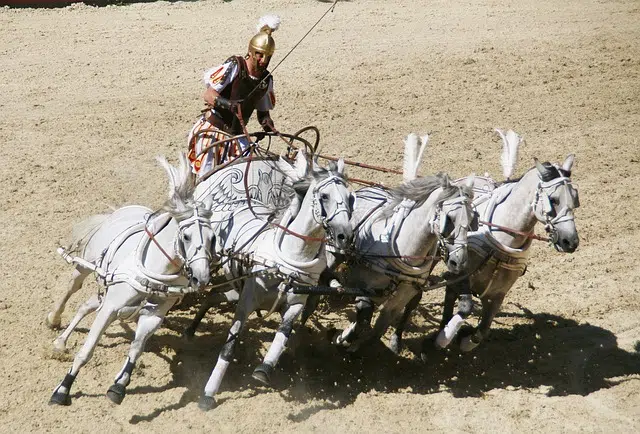
Map of Argentina, a country whose territory is divided into provinces.
Province is a notion whose etymology refers us to a term in the Latin language with the same spelling. A province is an administrative division of certain States , which is part of the organizational structure of the territory.
In a State, there are different entities that have more or less autonomy from the central government. Several towns and cities can form a municipality which, in turn, joins others to form a province.
A group of provinces, for its part, can give rise to a region . All the regions make up the country, governed by a State . This means that towns, cities, provinces and regions are “within” a certain country.
Countries with and without provinces
It should be noted that in some countries there are no provinces, although there are other divisions of identical rank or a very similar one, but which receive a different name. In Uruguay , for example, there are no provinces: there are neighborhoods and municipalities that make up the different departments.
In Argentina , on the other hand, the national territory is divided into 23 provinces and an autonomous city that functions as the federal capital (the Autonomous City of Buenos Aires ).
Among the Argentine provinces, Mendoza stands out for having Mount Aconcagua (the highest peak in the West) and for the adventure opportunities it offers to tourists ; Córdoba for its beautiful landscapes and its important cultural development; Jump for the fusion of ancient architecture and contemporary entertainment opportunities; Misiones for being the home of the Iguazú Falls (one of the seven wonders of the world); and Río Negro for offering the largest ski area on the South American continent, along with many other options for lovers of extreme sports and contact with nature.

In the Roman Empire, provinces emerged as a resource to facilitate administration.
The concept in the Roman Empire
The notion of province, however, has changed throughout history . Just as the term now allows us to refer to internal entities of a State, in the time of the Roman Empire the province was called those lands that were conquered by its army beyond the limits of the Italian peninsula. The Roman provinces, in this way, had their own governor and were subject to the general law of the Empire.
The emergence of the Roman province as an administrative tool of the territory took place as a result of the expansion towards the Mediterranean islands brought about by the First Punic War , which took place between the years 264 and 241 BC. C. and it was the first of three battles that faced the most important powers of the Western Mediterranean: the Carthaginian Republic and the Roman Republic.
At first, those responsible for administering the islands were the two consuls , who received direct assistance from the Italic quaestors . In Sicily and Sardinia-Corsica, for example, the organization provided the consuls with private quaestors, although the results were not positive and the need arose to administer the provinces in another way.
In addition to the consul, there was also the proconsul , who had a lot of power in the Roman magistracies, since his rank was equivalent to that of the praetor although his exercise did not exceed the limits of a province (the praetor, for his part, had influence over the entire province. territory of the Republic).
In each province, its proconsul acted as supreme judge, administrator and general , and had in his power all the functions that long ago were distributed among the Tribunes of the People, the Praetor, the Curule Aediles, the Chief of the Cavalry. , the Censor and the Viri Nocturni. The only point that could not be addressed directly was the financial level, for which there was the role of the provincial Quaestor (also called Proquestor ), who was subordinate to the Senate .
